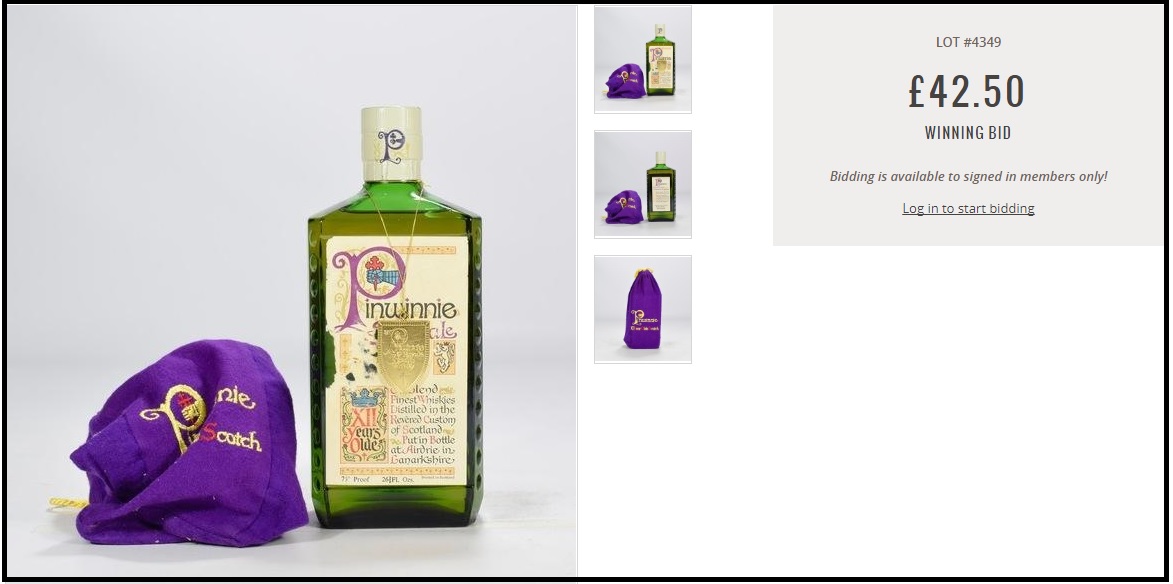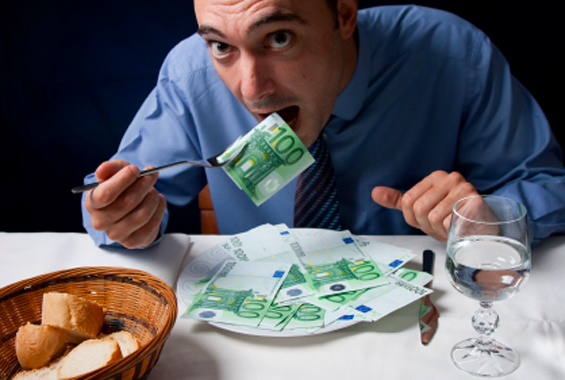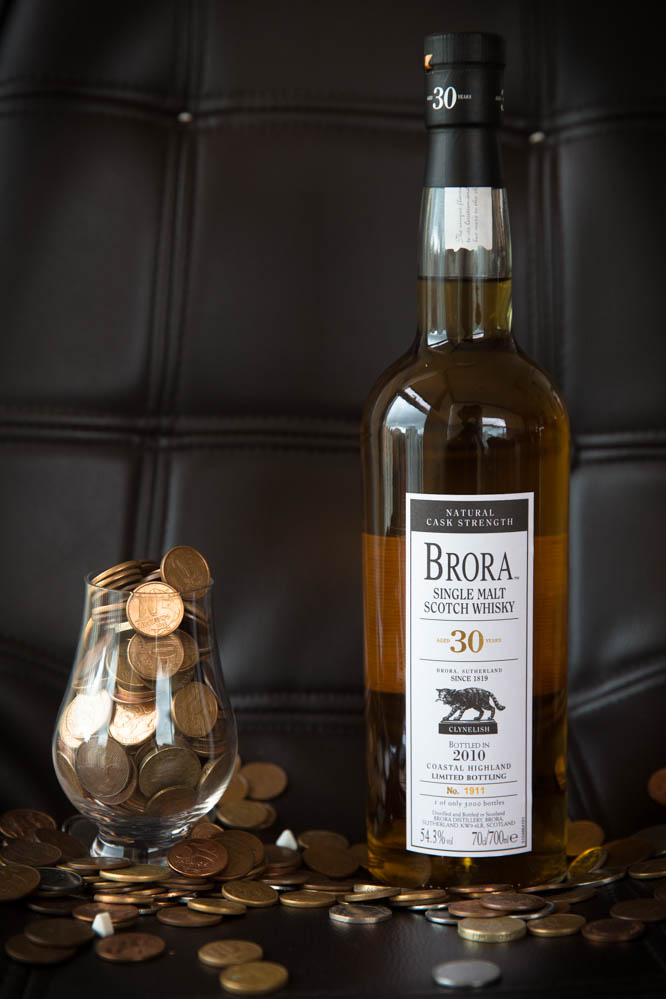Today I’m going to start with a basic concept of economics: The law of supply and demand. It is a principle of microeconomics that suggests the price of goods is determined by the balance between the quantity sought and offered. So, if there is great demand for something but little availability, the price tends to rise. However, if the product is widely accessible, but few people are interested in it, its price will decrease. The classic concept of this theory was coined by Adam Smith and later refined by other scholars and economists.
But let me illustrate with a more concrete example: My three-year-old daughter, broccoli and chocolates. Chocolates are extremely interesting to her. If my daughter had money, she would pay a fortune for chocolates, but she’s only three and has just a few pennies we gave her to put in her piggy bank. Broccoli, however, is no way near as fascinating. If she could, she would never eat broccoli again. In an economy ruled by my little pup, chocolates would cost a pretty penny and broccoli would be dirt cheap.
Her demand for chocolates is much higher than my supply, especially as her demand for chocolates is virtually limitless. As it happens, she doesn’t have any money, as I said. So, if she wants chocolate, she has to find another currency – affection and obedience, for example. She’s more than happy to eat broccoli, go to bed at the right time and brush her teeth, all to get chocolate.
So far, so good. The microeconomic bri-bro (economists love neologisms) is perfect here at home. Sometimes to get her to do something really difficult, I even give her four chocolates at once, on the condition that she only eats one a day – a sort of chocolate savings bank. The problem is, and the little puppy hasn’t realized it yet, is that there is a crucial element here: Time. Chocolates do not go up in value. There are no limited edition or collectible chocolates. Having a reserve is good to a point, because chocolates are ephemeral products. An old one isn’t worth more affection or obedience than a new one. In fact, quite the opposite is true. Chocolates are a terrible investment because they are perishable.
Whisky, however, isn´t. Whisky, even if it isn´t the best investment in the world, is something that can make money – the best type of money, one that combines pleasure and profitability. According to the Great Drams website, this union of enthusiasm and investment brings great satisfaction to investors in whisky. In the report the value of rare whiskies has increased by 361.09% since 2008, as measured by the RW 101 Rare Whisky Indices Apex 1000. It is estimated that the return over the next decade will be around 41%. The article goes on to explain that in 2015, rare whiskies surpassed other historical investments such as wine and gold. Certainly, more than chocolates.
Investing in whisky does however, have its risks. There are plenty of chocolates and broccoli in the world of whisky. Before, a bottle of a common whisky stored for decades might not have appreciated so much. It is again the law of supply and demand. There isn´t great demand for blended whisky aperitifs that were largely sold and consumed in the past. It isn´t a collectible item for most people. In addition, there are many more bottles in existence than collectors interested in acquiring them. This is the case, for example, for the hundreds of old bottles of Chivas 12, White Horse (up to a certain age), Buchanan’s, Ballantine’s, Johnnie Walkers Black Label for sale out there.

It is a low risk investment though. In his article published on Great Drams, Markus Stadlmann, CIO of Lloyds Private Banking, says: “Often tangible assets, such as whisky, retain their value and are not eroded by inflation. Over the long-term, these types of assets do not closely correlate with more traditional equity and bond markets, and therefore offer diversification opportunities. Investing in something you enjoy is a great way to make your portfolio unique to you.”
Like everything, the important thing is to choose the correct whisky. In general, single malts increase more in value than blends, as do products from certain distilleries – Ardbeg, Macallan and Lagavulin are good examples. They are consecrated distilleries that have gained valuable trust over time. Consumers trust, admire and even worship these distilleries. Their products are in high demand, in particular the limited editions or more mature ones and this naturally raises prices.
Allow me, if you will, another digression: Diamonds, brooms, economic theories Jevons and Walras. The classical theory of economics says that the value of things is determined by the cost of producing them – to which is added a small percentage as the producer´s profit. This is its intrinsic value. Therefore, a broom that is cheap to produce is cheap to buy. Marx complemented the theory by introducing the concept of added value – the percentage of profit retained by the capitalist and not the producer… but let’s leave elaboration for another time.
The problem arises when we talk about diamonds. The process of mining, cleaning and lapidating a diamond is not exactly expensive. Diamonds, however, are sought after and rare – much rarer than brooms. This is where Jevons and Walras come in. According to them, there are items that are not valued solely for their intrinsic value but for their rarity and the desire to acquire them. The cost of producing a diamond is infinitely less than its price, precisely due to this desire and scarcity. The same goes for whiskies – especially those from mothballed or silent distilleries.
Mothballed or silent distilleries are a huge trend. Many have a sort of nerdy interest in trying whiskies that are no longer produced. It’s more or less the same as what happens with some artists after their deaths. Death and demolition mark the end of production and the products (or paintings) go up in value. This is the case with Brora, Port Ellen and Rosebank.
Perhaps, however, your thing is not to capitalize on the death of something or someone, but rather to focus on new life. Fortunately, the current whisky market is growing considerably. With increased demand new distilleries have emerged, such as Arran a few years ago and more recently, Wolfburn. The first edition produced by a distillery can be extremely successful. It is, after all, the liquefaction of a historical landmark. Here, there is a greater risk – the distillery may prove to be a failure or may prove capable of producing only mediocre malts. In such cases, the value of the whisky will not rise so much, but at least the worst that can happen is you drink your investment.

Incidentally, speaking of drinking, sometimes the answer about the appreciation of a bottle of whisky is, quite literally, on the tip of the tongue. Whiskies that receive better reviews, or that have been praised by experts and drinkers are more highly consumed: The more bottles drunk, the lower the number available. With popularity booming, more people complimenting and supply dwindling, the price obviously tends to rise. Examples are Kavalan Solist Vinho Barrique and Yamazaki Sherry, which were voted the best whiskies in the world by Jim Murray a few years ago. The rarity factor (explained above) also plays a part here – note that Crown Royal Northern Harvest Rye hasn’t risen much in value.
Finally, series seems to appreciate a lot, especially if they are limited. One example is Macallan Decades – a set of four editions from The Macallan, paying tribute to a few decades of the twentieth century. Another is the Glenfiddich Experimental Series, which more recently featured unorthodox was of producing or maturing whisky, using things like IPA beer and Ice Wine barrels.
When it comes to selling, note that the whisky collectors’ market depends on each country. Some editions are internationally priced and highly valued in Scotland, but don’t sell well in Brazil. Research the best markets and consider all costs. Remember that a more expensive bottle will earn you more money in the future, but the initial investment will also be higher and liquidity lower. Some Brazilian collectors prefer to send bottles to the United Kingdom and auction them there than sell them on the domestic market, precisely because it is more difficult here. However, this isn’t the only alternative – contacting a Brazilian collector or auction house can help you out.
Be that as it may, investing in whisky demands patience and research. You have to stay up-to-date with the market and try to predict trends. None of these matters though, if you lack passion. Follow your favourite distillery, look out for its new releases and create a collection that you cannot only treasure, but one that will make you feel proud every time you look at it. Don’t forget, of course, to have fun! Buy bottles that look delicious to open and to drink. After all, sometimes the best type of investment that a whisky can provide is not even financial, it’s really in your happiness.
